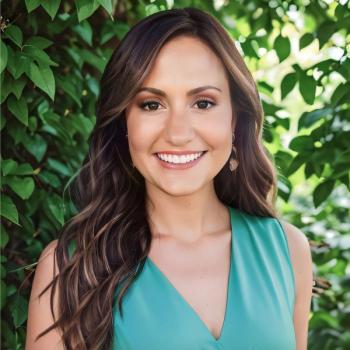
Dermatology Times
- Dermatology Times, January 2019 (Vol. 40, No. 1)
- Volume 40
- Issue 1
The need to expand telemedicine capabilities
With office visits jammed with complex patients and underserved communities aching from lack of access, physicians need to think outside of the box.
With office visits jammed with complex patients and underserved communities aching from lack of access, physicians need to think outside of the box. Or at least outside of the 10 x10 exam room. Expansion of telemedicine capabilities is one solution. Telemedicine often imparts thoughts of a futuristic technology, yet teleconsultation is ingrained in our American medical identity. Some of the first telephone lines were strung to connect rural physicians with patients and to bypass the late night horseback ride to the bedside. Apocryphally, the very first telephone call placed in 1876 was a telemedicine consult, as Alexander Graham Bell spoke the infamous words, “Dr. Watson-come here-I want to see you” shortly after spilling battery acid on his trousers. Physicians have been teleconsulting with patients for generations.
We must expand our current expectations for telemedicine and meaningfully embed this tool into our daily practice. State of the art virtual care software platforms can be used to harness online and asynchronous patient interviews to transform the way in which patients can access their physician. Based upon condition and symptoms, patients are guided through a branching algorithm of detailed questions. For example, a young and healthy female with dysuria may answer a chain of questions about the duration of symptoms, history, allergies, and acknowledgement of any red flags. Following this structured framework of questioning (which mirrors that performed during an in-person interview) a templated document is generated and forwarded to their physician for review. For dermatologic concerns, pictures can be uploaded as well. The physician can then review documents and choose to treat or to refer for the appropriate level of evaluation. If treatment is provided, a few clicks generate sufficient documentation to meet billing requirements in the 38 states that allow for telemedicine reimbursement, or patients may pay directly. Such platforms streamline evaluation and offer efficient treatment for simple, acute conditions. As digital monitoring capabilities continue to improve and artificial intelligence progresses, these capabilities will only become more valuable.
It is essential that telemedicine complement and expand our current healthcare delivery-not hinder our day-to-day activity. I personally provide patient portal messaging answers to over 100 medical inquiries a day in my practice without reimbursement. A balance must be struck between the futuristic technology and billing models expanded on above, and the reality of the in-the-trench physician.
Continuity of care still matters. Virtual care interactions are best performed in the context of an established patient-physician relationship. One recent Rock Health study showed that only 53 percent of patients were satisfied with their experience in an isolated video consult with a provider they had never met before, whereas 92 percent reported satisfaction if they had already had a prior in-person visit. The key is that technology and telemedicine should be used to enhance our healthcare system, not overturn it.
Our patients are eager for new ways to connect with their physicians and to better understand their own health. There are currently over 165,000 health-related smartphone apps available, and these were downloaded over 1.7 billion times in 2017. Over 87 percent of patients report they have used at least one digital health tool this year. Other industries are taking notice, with over $5 billion in venture capital funding for telehealth in just 2017 alone. I truly believe that telehealth has the potential to transform delivery, improve access, and decrease costs. Our patients are increasingly eager for such transformation and want us to guide them. As physicians we just have be willing to answer the call.
Aaron George, DO, is a family physician practicing in his hometown of Chambersburg, Penn. He was an Andlinger fellow in health policy with the Center for Public Health in Vienna, Austria, and has been awarded both the Bristol-Myers Squibb award for excellence in graduate medical education, as well as recently named one of the 40 under 40 physicians by the Pennsylvania Medical Society.
Articles in this issue
almost 7 years ago
Equipment financing for a modern practiceNewsletter
Stay informed and empowered with Medical Economics enewsletter, delivering expert insights, financial strategies, practice management tips and technology trends — tailored for today’s physicians.















